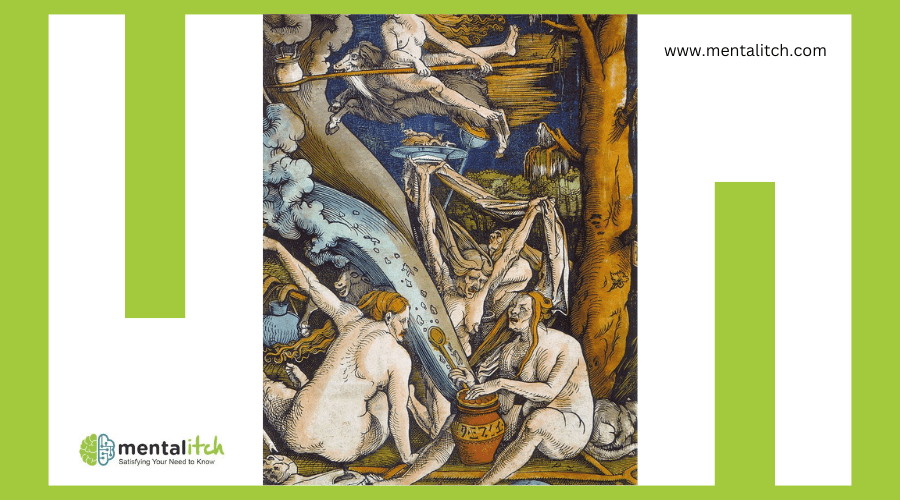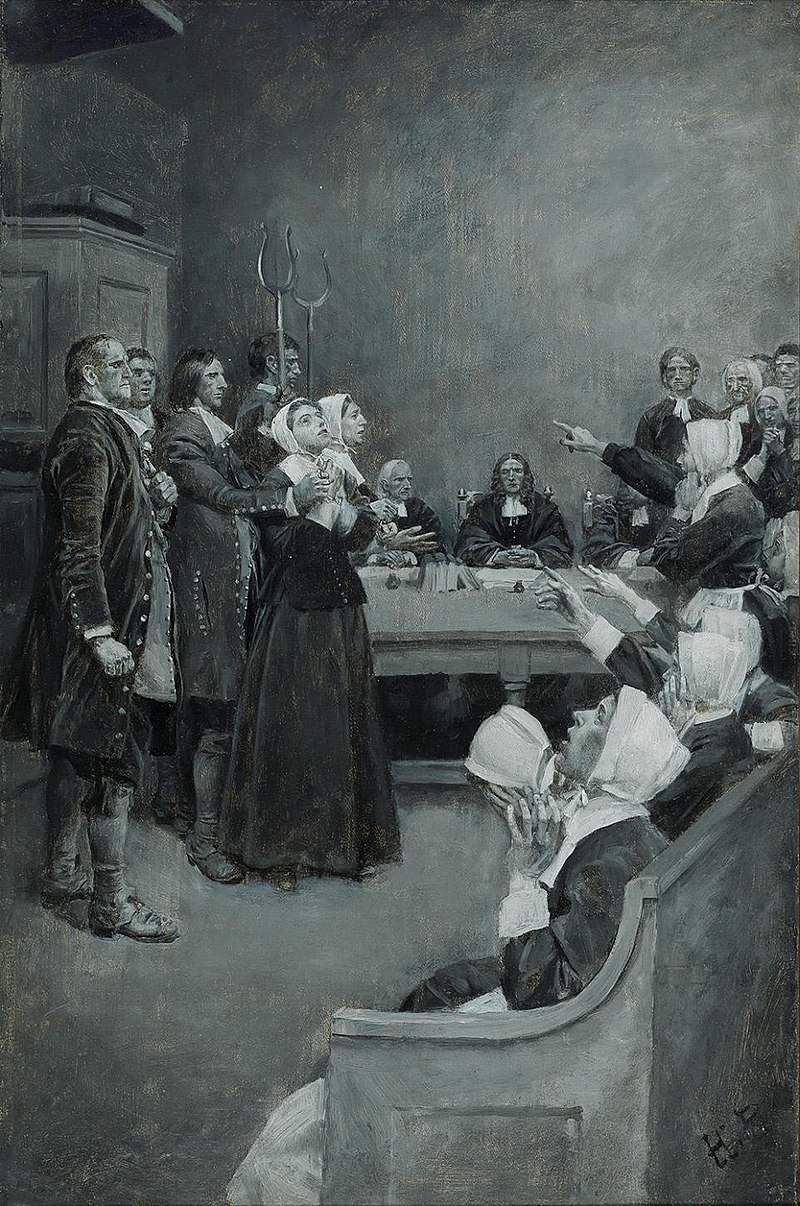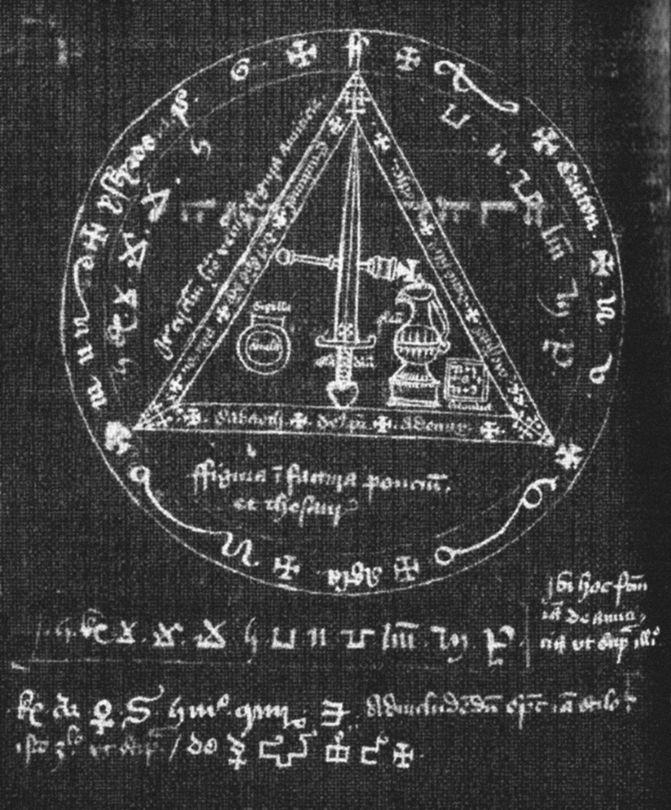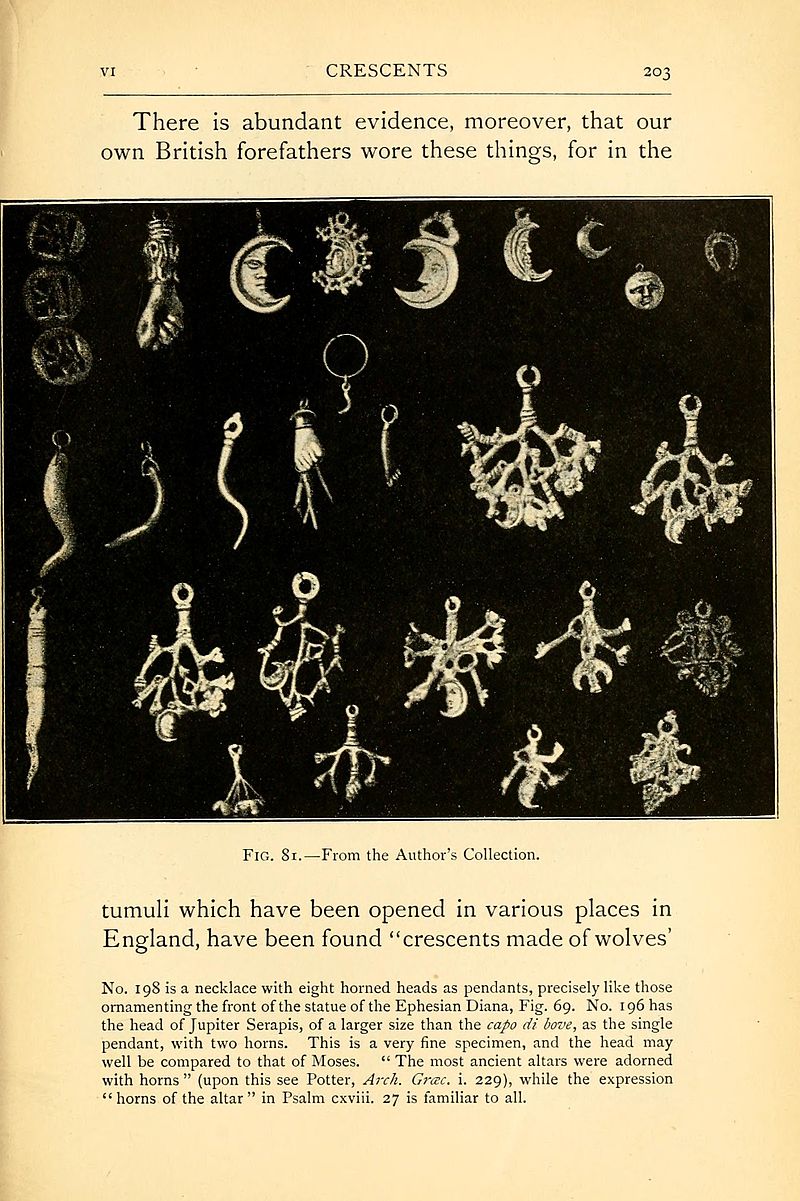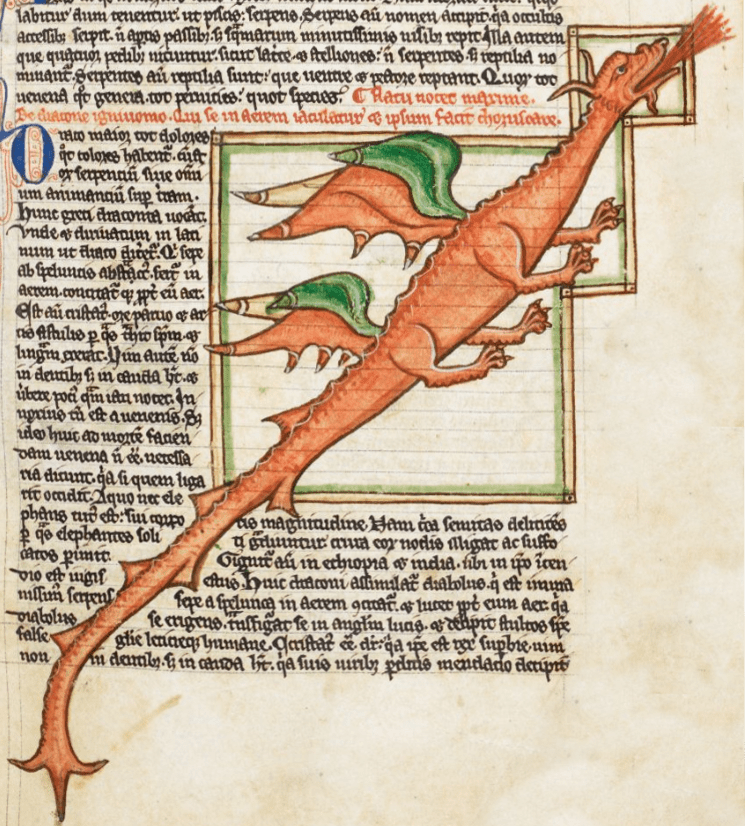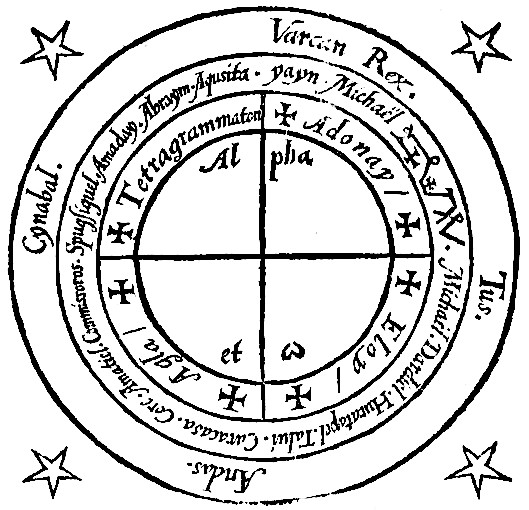The Middle Ages were a period marked by a deep belief in the supernatural. Superstitions played a significant role in everyday life, influencing decisions and shaping societal norms. People in this era feared witchcraft, interpreted omens as warnings, and dreaded the Evil Eye. Myths about fantastical creatures and strong beliefs in astrology were also prevalent, reflecting the era’s blend of fear and fascination with the unknown.
Witchcraft and Sorcery
During the Middle Ages, a widespread belief in witchcraft and sorcery led to fear and suspicion of those thought to wield magical powers. Anyone suspected of having such abilities faced immediate distrust and often severe consequences. This fear fueled massive witch hunts throughout the society.
Accusations of using supernatural powers to cause harm through curses and spells were common. These accusations often led to witch trials, where the accused were subjected to intense scrutiny and brutal punishment. Mere suspicion of involvement in witchcraft could turn neighbors into enemies, creating an atmosphere thick with paranoia and superstition. Medieval society was deeply rooted in these beliefs, and fear of the unknown played a significant role in shaping daily life.
The hysteria surrounding witchcraft and sorcery also led to mass executions. Witch hunts became a terrifying reality, leaving many innocent people to face horrific fates. This collective fear and suspicion deeply influenced the superstitious practices and societal norms of the time.
Alice Kyteler Case (1324)
Alice Kyteler, an Irish noblewoman, was accused of witchcraft, including using sorcery to murder her four husbands. The charges were led by Bishop Richard de Ledrede, driven by local jealousy. Alice escaped to England, but her maid, Petronilla de Meath, was tortured and burned at the stake, becoming the first recorded person in Ireland executed for witchcraft.
Valais Witch Trials (1428)
In present-day Switzerland, the Valais witch trials began in 1428, one of Europe’s earliest and largest witch hunts. Hundreds, mostly women, were accused, tortured, and executed. Confessions were often extracted through torture, and accusations were fueled by jealousy and local disputes.
Trier Witch Trials (1581-1593)
In Trier, Germany, from 1581 to 1593, one of Europe’s largest witch hunts occurred. Thousands were accused, and about 368 were executed. Local authorities and religious leaders led the trials to root out heresy. This period highlighted the widespread fear of witchcraft across all social levels.
Pendle Witch Trials (1612)
In 1612, the Pendle witch trials in Lancashire, England, led to the execution of ten people. Most accused were from two families and charged with using witchcraft to commit murders. The testimony of nine-year-old Jennet Device was crucial in the convictions. This case underscored how deeply superstition and fear of the supernatural influenced the legal system and society.
Omens and Signs
In the Middle Ages, people viewed omens and signs as powerful indicators of future events, shaping people’s daily lives and decisions. Medieval superstition held that these signs could foretell anything from impending doom to unexpected good luck. For instance, a black cat crossing one’s path was commonly seen as a harbinger of bad fortune. This belief still persists even this day.
Omens also played a crucial role in how people interpreted their world, often influencing critical choices and actions. Another example is a thunder in January was thought to be a dire warning of impending conflict or war. Certain birds flying in specific patterns could signal impending death or prosperity. These beliefs were deeply ingrained in the culture and influenced everything from personal decisions to statecraft.
The superstitions often relied on oral traditions and varied across different regions and cultures. The interpretation of omens was regarded almost as a form of magic, and those who could read these signs were often revered.
The Evil Eye
In the Middle Ages, many people believed in the Evil Eye—a look that could cause bad luck, illness, or even death. They were very afraid of this and took many steps to protect themselves.
People wore talismans or amulets with special symbols or prayers to protect themselves. Simple actions, like making hand signs or saying protective phrases, were also thought to help.
This fear of the Evil Eye and the ways people tried to protect themselves were a big part of life back then, showing their strong belief in magic and the supernatural.
Mythical Creatures
Medieval society teemed with tales of mythical creatures such as dragons, unicorns, and griffins. These beings played pivotal roles in folklore, imbued with unique symbolic meanings that reflected the values and beliefs of the time.
Dragons were emblematic of strength and danger. Their menacing presence in stories symbolized the perpetual conflict between good and evil, representing formidable challenges that only the courageous could overcome.
Unicorns, conversely, symbolized purity and divine intervention. Believed to possess healing powers, they were revered in medieval myths. Sightings of unicorns were considered blessed events, signaling divine favor.
Griffins, with the bodies of lions and the heads of eagles, were seen as guardians of treasures and protectors against evil. Their presence in medieval tales underscored their role as vigilant and powerful defenders.
These mythical creatures profoundly influenced medieval beliefs and narratives, embodying the era’s fascination with the mystical and the divine.
Here are ten of the most well-known mythical creatures from various cultures around the world:
- Dragon (Chinese Mythology): Majestic serpentine creatures symbolizing power, strength, and good fortune, often associated with water and weather control.
- Phoenix (Greek Mythology): A legendary bird that regenerates from its own ashes, symbolizing rebirth, immortality, and renewal.
- Unicorn (European Folklore): A horse-like creature with a single spiraling horn on its forehead, representing purity, grace, and magical healing powers.
- Kraken (Norse Mythology): A giant sea monster said to dwell off the coasts of Norway and Greenland, known for attacking ships and dragging sailors to their doom.
- Kitsune (Japanese Folklore): Intelligent foxes with the ability to shape-shift into human form, often depicted as tricksters or wise beings with magical powers.
- Anansi (African Mythology): A cunning spider god from West African folklore, known as a trickster and a master storyteller who often outwits other animals and humans.
- Banshee (Irish Folklore): A wailing female spirit whose cries are believed to foretell the death of a family member, often associated with the countryside of Ireland.
- Chupacabra (Latin American Folklore): A creature said to inhabit parts of the Americas, known for attacking livestock, particularly goats, and drinking their blood.
- Jinn (Arabian Mythology): Supernatural beings created from smokeless fire, capable of possessing humans, granting wishes, and inhabiting unseen realms.
- Quetzalcoatl (Aztec Mythology): A feathered serpent god representing wind, air, and learning, revered as a creator deity and cultural hero in Mesoamerican civilizations.
Astrology and Influence
Astrology significantly influenced medieval superstitions, guiding decisions on matters ranging from marriages to state affairs. During the Middle Ages, people believed that the positions of celestial bodies at the time of one’s birth profoundly impacted their personality and destiny.
Astrological charts were crucial tools for making important decisions. Whether planning a marriage, embarking on a journey, or addressing health concerns, consulting an astrological chart was a common practice. The belief in astrology was so widespread that even royalty and nobility sought astrologers’ guidance for both political and personal matters. These astrologers held substantial influence, advising rulers on the most auspicious times for battles or treaties.
1. Philosophical and Scientific Influence
- Integration with Science: During the medieval period, astrology was closely linked with astronomy. Astrologers were often also astronomers, and the study of the stars and planets was a respected scientific discipline. The works of ancient astrologers like Ptolemy were studied and built upon by medieval scholars.
- Medical Astrology: Known as “iatromathematics,” this practice involved diagnosing and treating illnesses based on the positions of celestial bodies. Medieval physicians would often cast horoscopes to determine the best times for treatments and surgeries.
2. Religious and Cultural Significance
- Religious Views: Astrology was sometimes at odds with the teachings of the Christian Church, which often viewed it as a form of divination or heresy. However, there were periods and regions where it was tolerated or even incorporated into religious thought. For example, some theologians attempted to reconcile astrology with Christian doctrine, seeing it as a way to understand God’s creation.
- Cultural Integration: Astrology permeated daily life, influencing everything from agriculture to politics. Farmers would consult astrologers to determine the best times for planting and harvesting, while rulers might use astrological advice to guide their decisions.
3. Political and Social Impact
- Royal Courts: Astrology held a prominent place in many royal courts. Kings and queens often employed astrologers to cast horoscopes and provide guidance on matters of state, warfare, and marriage. For instance, Queen Elizabeth I of England famously consulted the astrologer John Dee.
- Social Beliefs: The general populace also placed great faith in astrology. Almanacs, which included astrological information, were widely distributed and consulted by people from all walks of life.
4. Literary and Artistic Expression
- Literature: Astrological themes and references are prevalent in medieval literature. Works like Geoffrey Chaucer’s “The Canterbury Tales” include astrological imagery and characters who rely on astrological knowledge.
- Art: Medieval art often depicted astrological symbols and concepts. Manuscripts, illuminated books, and even church decorations sometimes featured zodiac signs and planetary representations.
5. Education and Learning
- Curriculum: Astrology was part of the quadrivium, the higher division of the seven liberal arts in medieval universities, alongside arithmetic, geometry, music, and astronomy. This inclusion highlights its importance in the education system of the time.
- Translations and Texts: The translation of astrological texts from Arabic and Greek into Latin during the 12th and 13th centuries brought a wealth of astrological knowledge to Western Europe, significantly influencing medieval scholarship.
6. Weather Prediction
- Astrometeorology: Astrology was used to predict weather patterns, a practice known as astrometeorology. Medieval astrologers believed that the positions and movements of celestial bodies could influence weather conditions on Earth.
- Agricultural Planning: Farmers relied on astrological predictions for weather forecasts to determine the optimal times for planting, harvesting, and other agricultural activities. These predictions were based on the phases of the moon, the positions of the planets, and other celestial phenomena.
- Astrological Almanacs: Almanacs that included astrological weather forecasts were popular. These almanacs provided predictions for various regions and were an essential tool for medieval farmers and sailors who depended on accurate weather information for their livelihoods.
However, astrology faced opposition from the Church, which often viewed it with suspicion, considering it a form of divination that challenged divine providence. Despite this, astrology remained a cornerstone of medieval life, shaping decisions across all social levels.
Conclusion
The Middle Ages were deeply influenced by superstitions and the supernatural. Beliefs in witchcraft, omens, the Evil Eye, mythical creatures, and astrology shaped daily life and decisions. Fear of witchcraft led to witch hunts, omens guided choices, and the Evil Eye prompted protective measures. Myths about creatures and the use of astrology also played key roles. These beliefs reflect the medieval fascination with the mystical and highlight how they provided a way to understand a world full of uncertainty and wonder.
